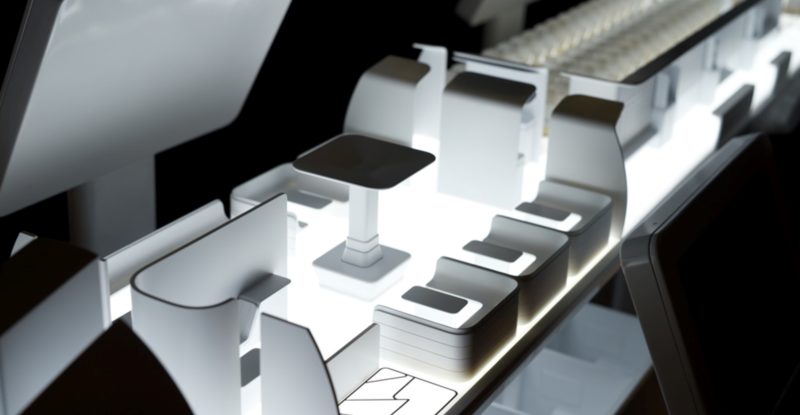Try to remember when you first dreamed of getting on a plane. Your vision of the experience did not likely involve being trapped, uncomfortable in a narrow space for hours. The expectation of flying established through continued airline marketing campaigns is one of freedom: the freedom to visit new and exciting places, floating above the clouds.
Delivering a design that produces a heightened sense of confinement and claustrophobia runs counter to that marketing narrative, and breaks the brand connection for the aspirational flyer.
These travellers want better experiences. They can be tempted to pay more, but they need to be persuaded that paying for a better #PaxEx is a good investment. This is where things get tricky.
The price differential between the front and the back of the plane is too broad a chasm for many aspirational flyers to leap. The greater availability of premium economy cabins has helped address this gap. But, with the introduction of new products like the business suite and the removal of first class cabins, the net effect is flat. In essence, airlines are still offering economy, business and first class, but the labels have changed.
Airlines know passengers will pay more for comfort, but instead of making comfort a brand differentiator, they have moved to punitive incentives. Crowded economy cabins may prompt people to pay for more legroom, but this strategy runs counter to the brand narrative. It feels like a betrayal.
Low-cost long-haul competitors are easy targets to blame, but what drives the appeal of discount airlines is that they are not significantly worse than legacy rivals. Their successful narrative is: why pay more for less? They have turned the flaw into a feature. They offer newer planes and even premium economy tickets. WestJet’s recent Dreamliner introduction, which matches the best offerings of legacy airlines, is both a challenge and a wake-up call. It blurs the lines and drives a new narrative: there is no need to pay more to get just as good or better. How do you compete with that?
These narratives put legacy brand airlines at a disadvantage. The positioning of legacy brands should not be on the defence. They should be at the cutting edge, introducing new, aspirational experiences that add value and reap more revenue.
Think what might have been if Apple had said, ‘Well, a PC is a PC, a laptop is a laptop, a phone is a phone.’ We wouldn’t have iMacs or iPhones. We wouldn’t have iPad Pros. The objective of design must be – at all times – to shift the narrative forward. It must generate value.
Sometimes that value is intangible – beauty. Often, it’s emotional – happiness. Value is abundant wherever function and pleasure are redefined.
One way legacy airlines could break free of the narrative trap is to destroy class structure. It is tired. Instead, airlines could offer aspirational flyers more options. We’ve seen proposals for alternative cabin configurations based on experience desired rather than class. It’s time to take those seriously, to shift the goal post.
Reservations systems have kept the class structure alive. IT has prevented airlines from breaking free. With the introduction of NDC, that is changing. There are more opportunities to sell ancillaries. Imagine if airlines only sold one ticket – ‘onboard’ – and presented a variety of upgrades as ancillaries including VIP zones, sleeper pods, productivity zones and family zones.
What if you could simply buy meals from the onboard bar/restaurant or personal care items and duty free from the onboard shop. We don’t have to imagine it. Zodiac Aerospace already has. This capsule service already exists in rail travel and – now that reservation systems can keep up – it is time for the aspirational design to take flight?
Unbundling and capsuling the cabin gives aspirational flyers a good reason to pay more, and they will.
Related Articles:
- Design for long-haul travel: market drivers and considerations
- Something ventured, something gained from blue sky cabin proposals?
- WestJet 787 raises bar for longhaul low-cost – and full-service – carriers
- WestJet set for long-haul low-cost premium #PaxEx opportunity
- Airlines developing NDC-friendly tools to bolster merchandising
- Press Release: Zodiac wins Reddot award for Lifestyle cabin concept









